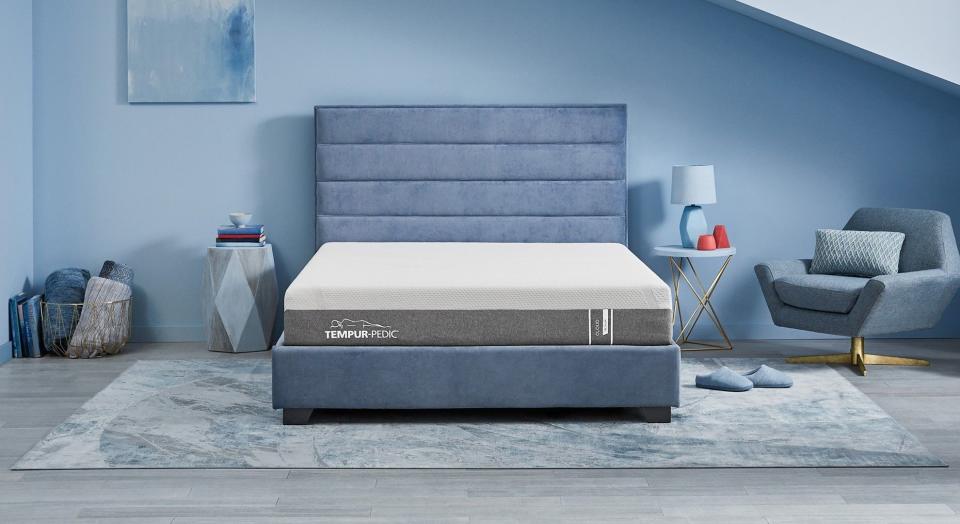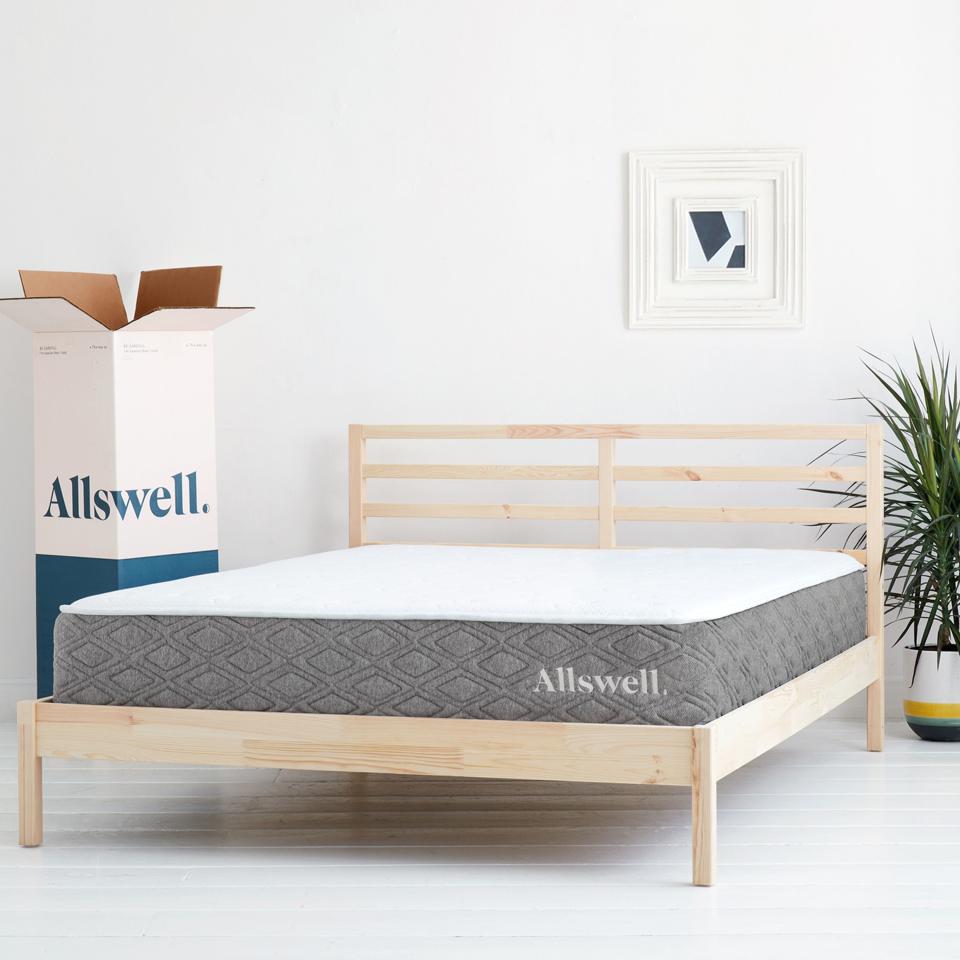The Outdated Mattress Advice That's Probably Ruining Your Bed
Somewhere along the way, you were probably told that regularly flipping your mattress is a key part of maintenance to improve the longevity of your bed, plus keep you more comfortable at night (so long, saggy spots!). But the advice that once held true for the innerspring mattresses of yesteryear doesn't hold up for more modern mattresses like hybrids and popular mattresses in a box.
"When everyone had a plain innerspring mattress and box spring, flipping and rotating was recommended to even out the wear," says Carolyn Forté, executive director of the Home Care & Cleaning Lab at the Good Housekeeping Institute. "Mattresses have come a long way — many newer models have pillow tops, foam layers and more that shouldn't be flipped."
Ultimately, whether or not you should flip your mattress is really on a style by style basis, says Emma Seymour, associate director of the Textiles, Paper & Apparel Lab. But some of the best mattresses — including our top picks from brands like Saatva, Tempur-Pedic and Bear — are one-sided.
Sometimes called "no turn mattresses," these types of beds are constructed in very specific layers of support, typically firmer on the bottom and softer on the top for maximum support and comfort. When flipped, your mattress won't be as comfortable and may even be prone to premature wear.
What to do instead of flipping your mattress
On the flip side (get it?), the vast majority of mattresses — innerspring or more modern hybrids and foam mattresses — can, and should, be rotated regularly to prevent uneven wear and maintain support over time. Mattresses with zoned support are an exception to the rule, since these are specifically designed to offer targeted support to certain areas of the body. Again, it's helpful to check the care information provided with your specific mattress.
If your mattress can be rotated, our experts in the Good Housekeeping Institute's Textiles Lab recommend rotating it 180-degrees every six months. (An extra set of hands makes quicker work of this task!) But remember: All mattresses will eventually wear out — generally within about 8 to 10 years, says Lexie Sachs, executive director of Strategy & Operations at the Good Housekeeping Institute. "If you notice that your mattress has lumps or indents, that’s a good sign that it has lost its support and needs to be replaced rather than rotated or flipped."
Classic Mattress

Classic Mattress
saatva.com
$1781.00
TEMPUR-Cloud®

TEMPUR-Cloud®
tempurpedic.com
$1999.00
Allswell Luxe Hybrid

Allswell Luxe Hybrid
walmart.com
$387.00
You Might Also Like


